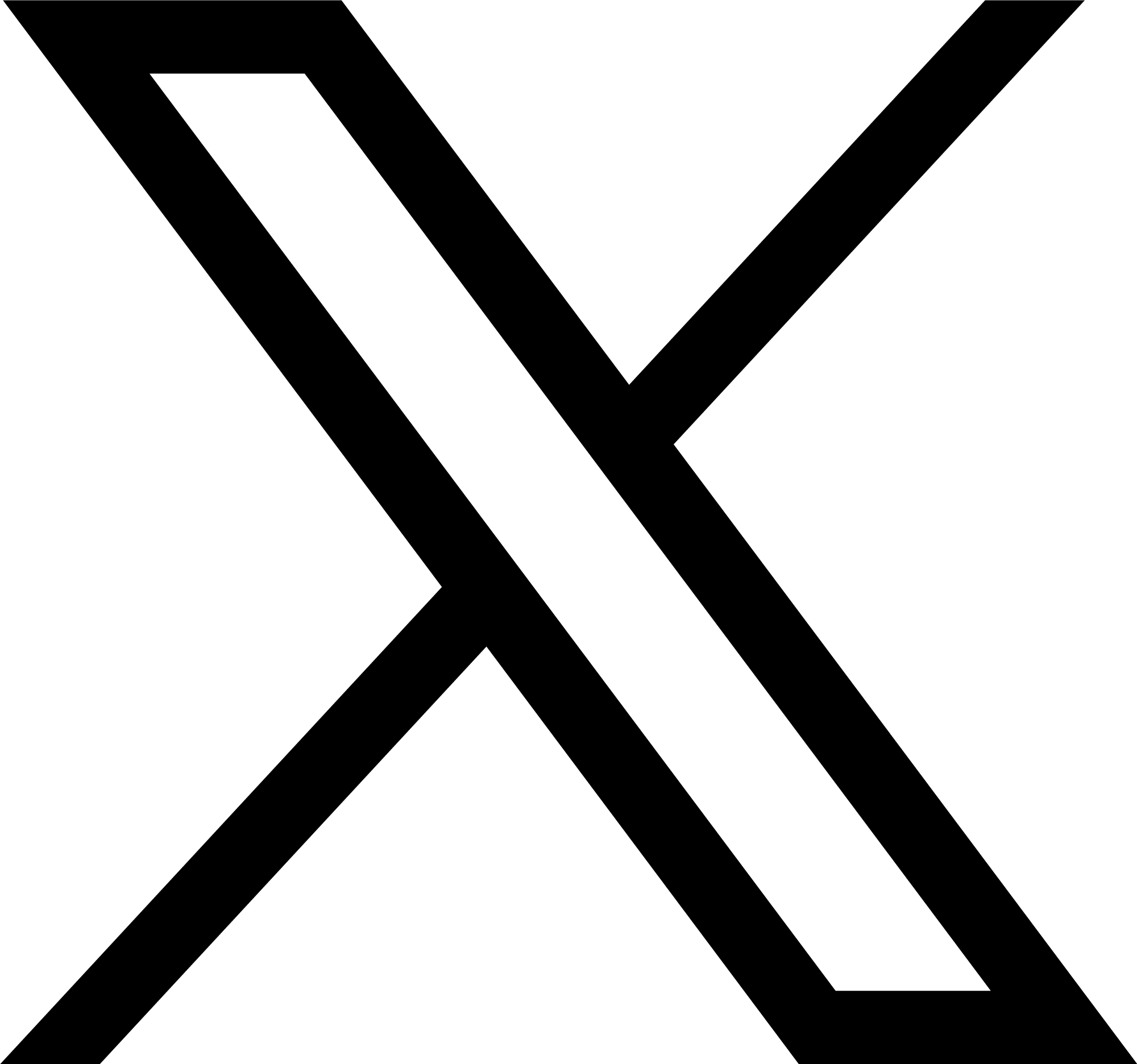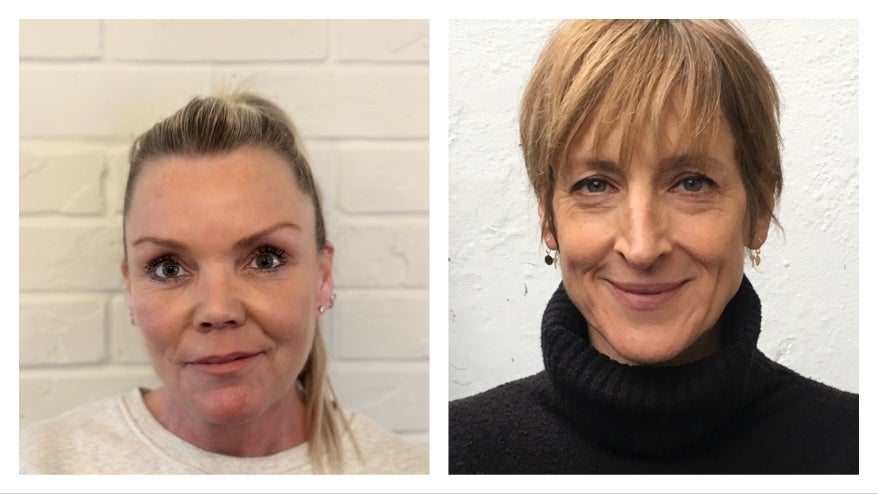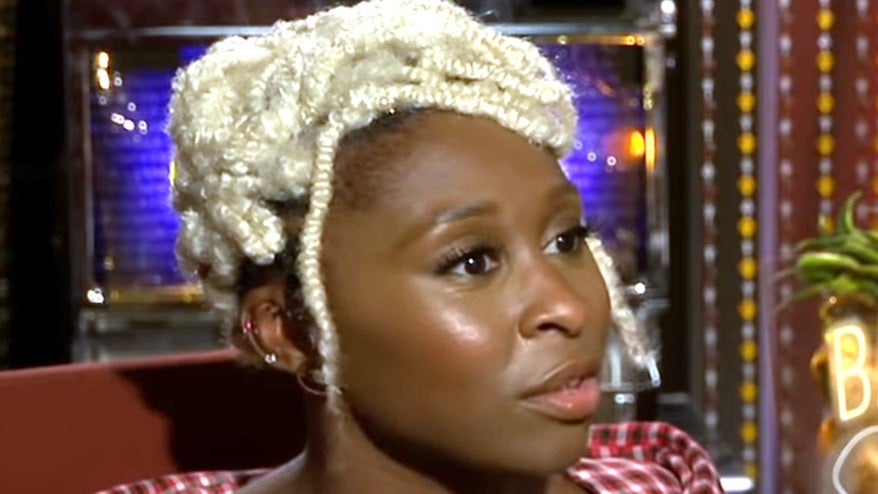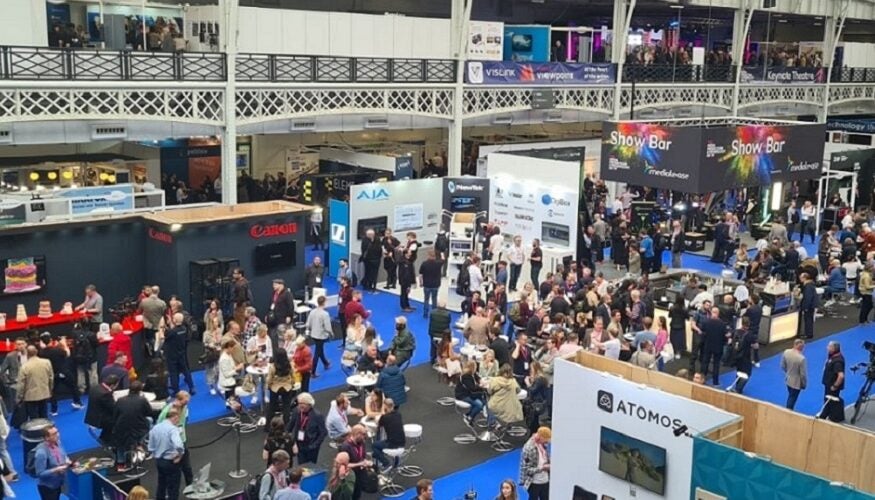Luther: The Fallen Sun – Behind the VFX
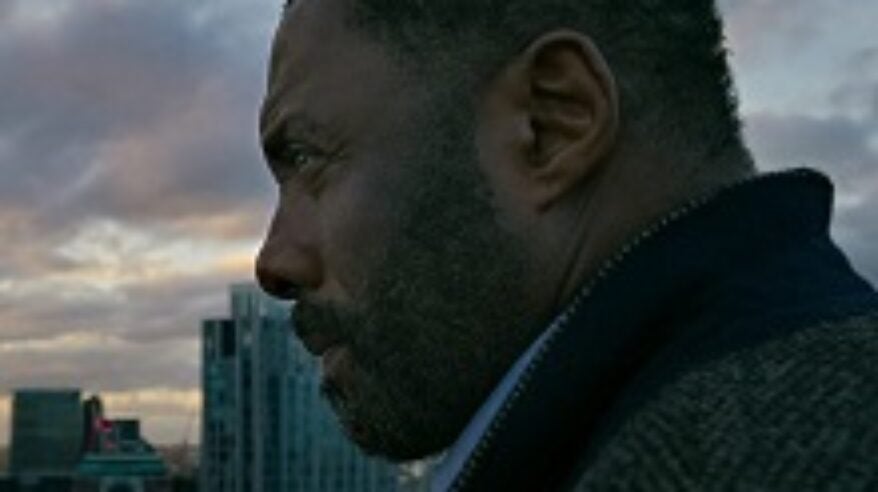
 Following the release of Luther: The Fallen Son, we bring you a Q&A from two of the visual effects experts behind the scenes – VFX producer Ashlee Sutherland and VFX supervisor Louis Laflamme-Fillion of London and Paris-based company VFX specialists One of Us (OOU).
Following the release of Luther: The Fallen Son, we bring you a Q&A from two of the visual effects experts behind the scenes – VFX producer Ashlee Sutherland and VFX supervisor Louis Laflamme-Fillion of London and Paris-based company VFX specialists One of Us (OOU).
The crime thriller is directed by Jamie Payne from a screenplay by Neil Cross and is a feature continuation of the BBC series. Andy Serkis and Cynthia Erivo star alongside Idris Elba, who also produces.
Shooting began late in 2021, on location in London, at Shepperton Studios and at Lite Studios in Brussels. The film had selected theatrical release before its launch on Netflix in mid-March this year.
How and when did the VFX contract for Luther come about?
Ashlee Sutherland: “This is something the new projects team here at OOU handle. The project is bid for by them and then passed on to myself and Louis when awarded.”
How long was the VFX work from start to finish?
Ashlee: “We began work on the project in January 2022, and we delivered the show in January 2023, so a year-long project in total.”
Can you describe some of the key challenges and highlights?
Ashlee: “The main challenge, but also a big highlight, was working across the two sites in London and Paris, as this was the first project we had tackled this way at OOU. Working with a team we didn’t get to physically see often was tough, but it was fantastic being able to go over to the Paris office to work with the team there every so often.
“We had the director Jamie Payne come into the OOU offices weekly to review our work which was always a great experience to work closely with him and the editor Justine Wright.”
Louis Laflamme-Fillion: “The main highlight would be the underwater sequence when it all came together looking beautiful, and beautifully gruesome. I think everyone knew we had hit it look-wise at that point. An interesting challenge that was thrown our way just towards the end of the show was to build a full CG version of the white cliffs of Dover for a special helicopter fly-by shot, with an added time constraint on that one.
“Another interesting challenge relates to the fire sequence in the red bunker: getting a realistic look to a sea of fire for something that would be very hard to have occurring in real life, so you need to thread the needle between realism and storytelling.”
Did you work closely with particular teams or HoDs?
Ashlee: “We worked closely with all departments and HODs on the show which is what made this project a great collaboration between both London and Paris offices.”
Louis: “We had a great crew of supervisors with Kenn Kalvic as the 2d supervisor in London, Kazia Roach, 2d supervisor in Paris and the wonderful Zach du Toit our CG supervisor across both sites.”
Can you tell us about some of the tech that was used, and the reasons for the choices?
Louis: “We used Axiom for our fire simulation, which was one of the first shows at OOU to test it in the pipeline. This helped us achieve great results, quickly. Otherwise, our usual array of software used across the different disciplines: Maya, Houdini, Nuke, Photoshop, Substance, Mari, 3de.
“We also made special use of reality capture for photogrammetry; very useful when you need to re-create a real location like Piccadilly Circus or the white cliffs of Dover. RV was the main software used for everything, dailies and reviews for this show, and we got to play with new features and integrations from the OOU pipeline team.”
Which aspects of the work will be particularly memorable for you?
Ashlee: “A bunch of the work we did on the film was invisible VFX which wouldn’t usually be picked up by audiences. An example of this would be adding snow or rain into shots which look like they have been filmed in those conditions, closing eyes of extras that look at the camera, painting out a phone charger port on a phone being held upside down, changing shots that look like they were shot during the day to appear at night time.
“There’s a lot of this that goes on outside of the big CG landscape or underwater shots that would go unseen which I think is so interesting. You don’t know what’s real and what’s not which is a testament to our team. Also, near enough the entire film was worked on remotely, we had very few artists that would go into the office so a lot of our day to day was over the internet!”
With many thanks to Ashlee Sutherland and Louis Laflamme-Fillion of One of Us for their help in compiling this article.
Luther: The Fallen Sun photo via Netflix.
Share this Article






